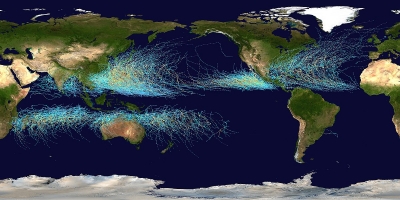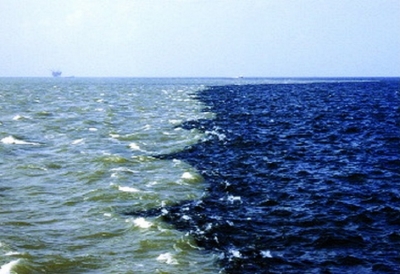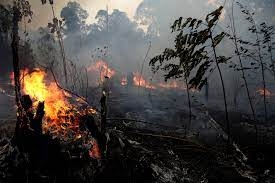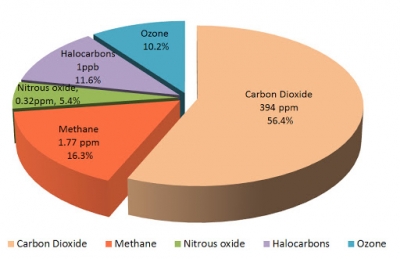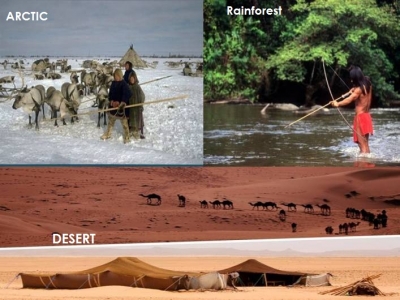What is the name of first young climate activist?

Greta Tintin Eleonora Ernman Thunberg is a Swedish environmental activist who is internationally known for challenging world leaders to take immediate action for climate change mitigation. Thunberg initially gained notice for her youth and her straightforward speaking manner, both in public and to political leaders and assemblies, in which she criticises world leaders for their failure to take what she considers sufficient action to address the climate crisis.
Seeking to make a greater impact, Thunberg attempted to spur lawmakers into addressing climate change. For almost three weeks prior to the Swedish election in September 2018, she missed school to sit outside the country’s parliament with a sign that stated “Skolstrejk för Klimatet” (School Strike for Climate). Although alone for the first day of the strike, she was joined each subsequent day by more and more people, and her story garnered international attention. After the election Thunberg returned to school but continued to skip classes on Fridays to strike, and these days were called Fridays for Future. Her action inspired hundreds of thousands of students around the world to participate in their own Fridays for Future. Strikes were held in such countries as Belgium, Canada, the United States, the United Kingdom, Finland, Denmark, France, and the Netherlands.
Her sudden rise to world fame has made her both a leader and a target for critics, especially due to her age. Her influence on the world stage has been described by The Guardian and other newspapers as the "Greta effect". She received numerous honours and awards, including an honorary Fellowship of the Royal Scottish Geographical Society, inclusion in Time's 100 most influential people, being the youngest Time Person of the Year, inclusion in the Forbes list of The World's 100 Most Powerful Women (2019), and three consecutive nominations for the Nobel Peace Prize (2019–2021).
Picture Credit : Google
